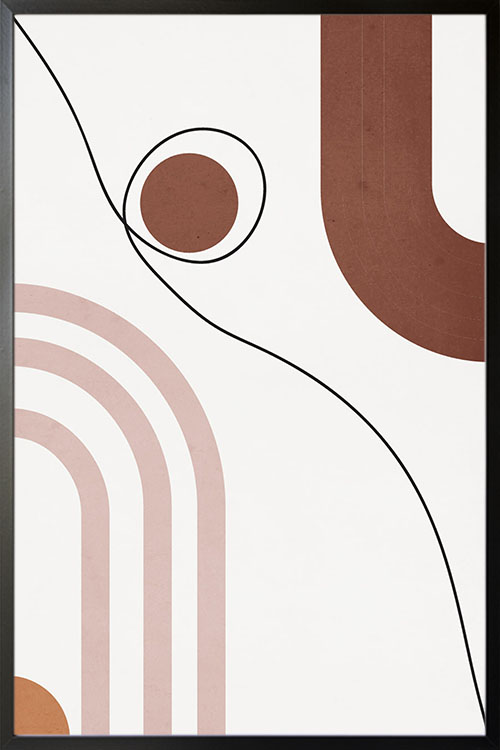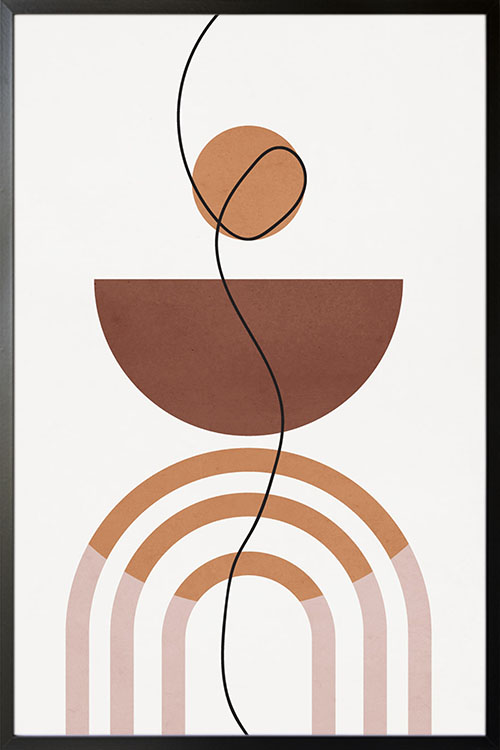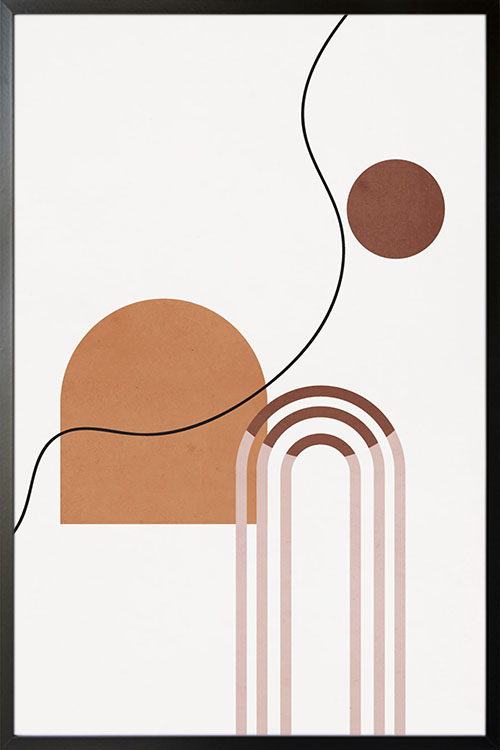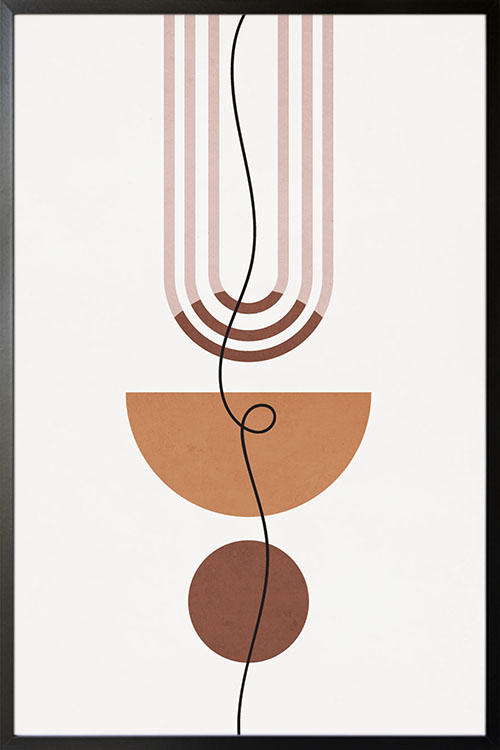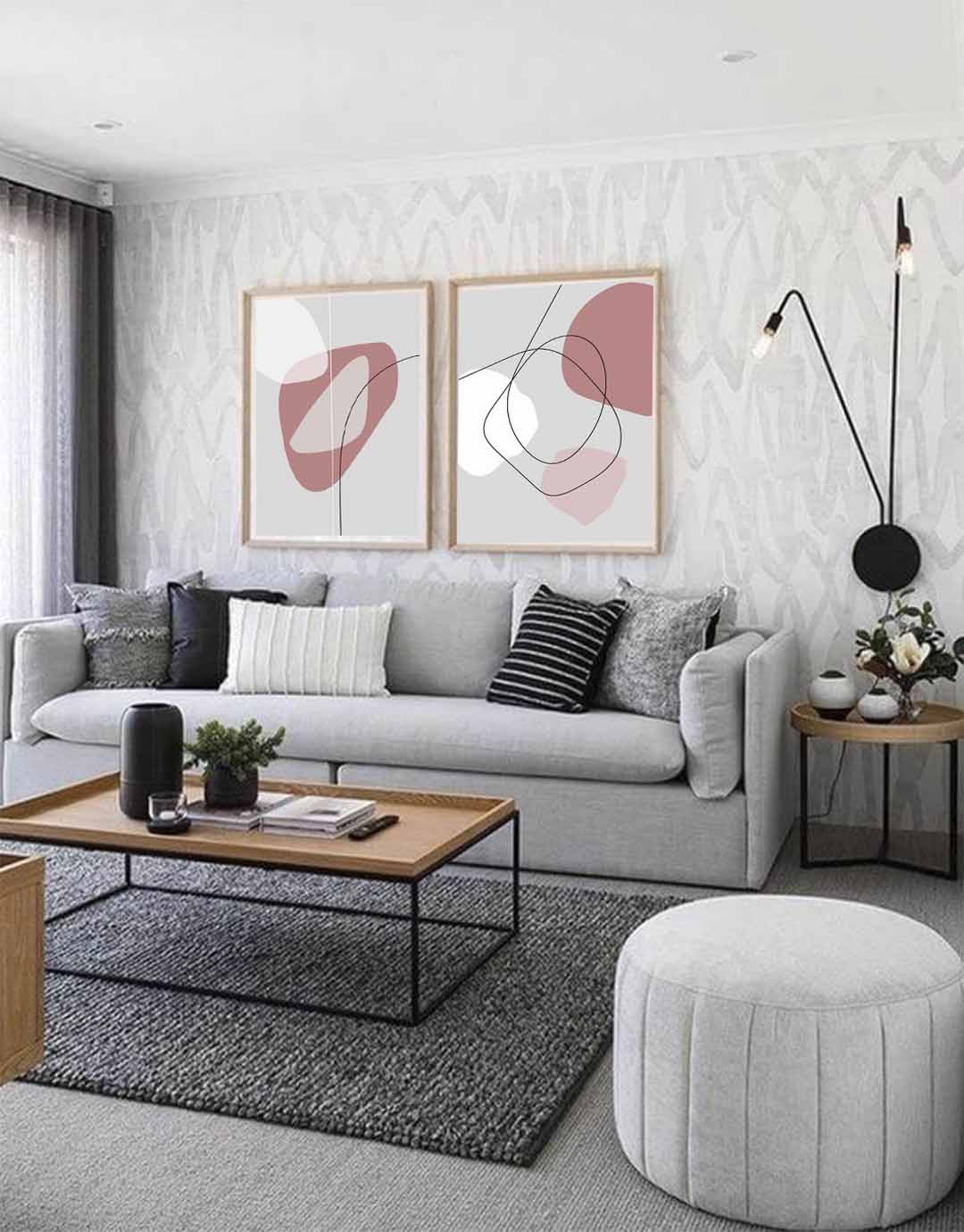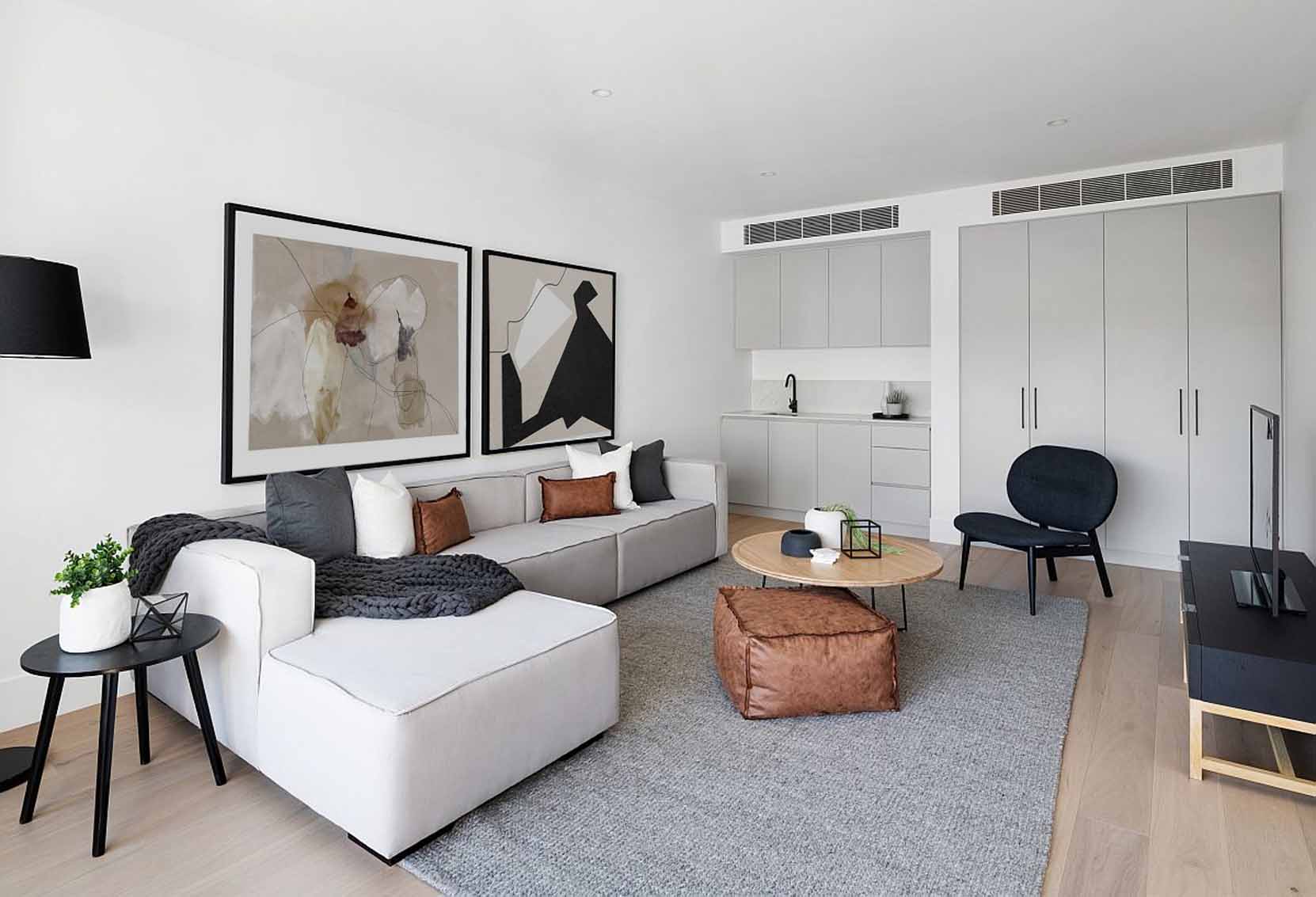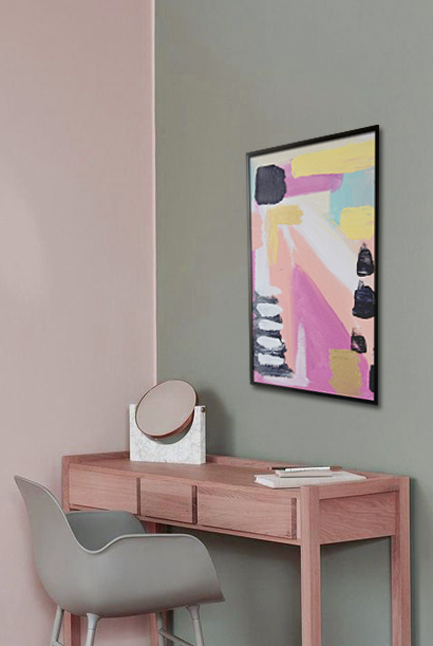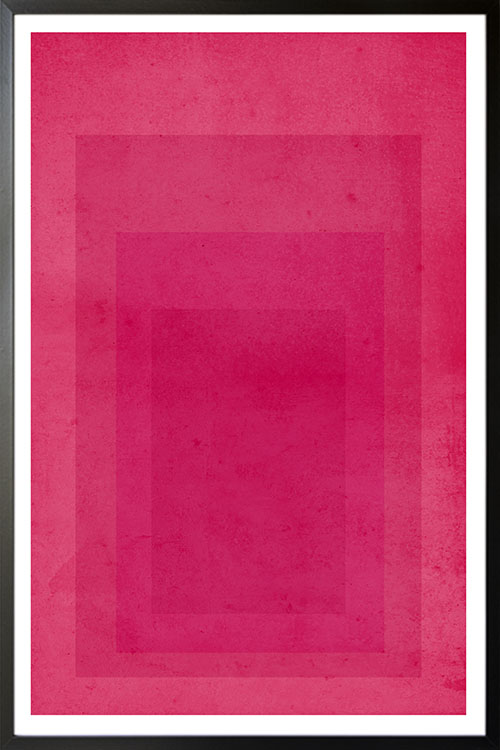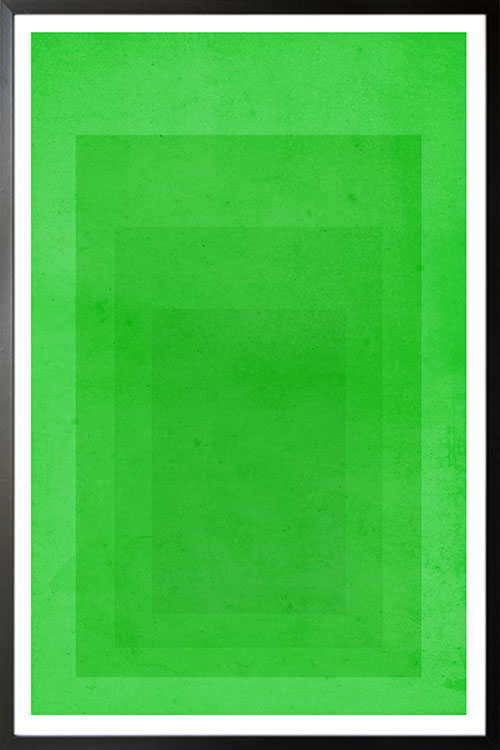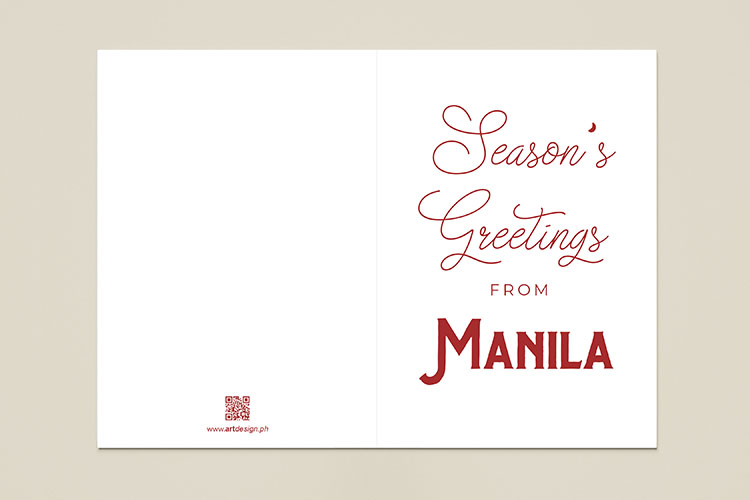
Preparation for Christmas is a long process. Especially in the Philippines, there are so many things to consider to complete the celebration. In addition to these, the Media Noche or the feast to welcome New Year’s eve is another important celebration that Filipinos prepare tediously. Moreover, there are also traditions that have been practiced over the years.
Food on New Year’s Eve
Media Noche is again one of the most awaited events during the holidays. Aside from the Noche Buena or Christmas Eve meal, the meal during New Year’s Eve is also one of the meals that Filipinos prepare with many thoughts. Special food is prepared but not as lavish as the Noche Buena. Though there are families who spend much on the food they add to the table. Lechon is one of the most popular food. However, it may be too costly for many households.
Pansit or noodles may never be absent on the table. It is served to signify long life. Sticky food like biko is also prepared so that good fortune will stick throughout the year. It is also common to come up with 12 round fruits to represent each month of the year. Round fruits such as grapes, oranges, cantaloupe, pomelo, watermelon, and others.
What’s with the noise?
As Americans enjoy fireworks on the 4th of July, Filipinos also love fireworks on New Year’s eve. Fireworks come in different sizes and shapes and have fun names as well. In fact, some of them have been banned by the government as they can cause injury or death. Examples are Judas belt, Lolo thunder, Kwitis, 5 Star, Whistle Bomb, and others.
In addition to fireworks or firecrackers, pots and pans are banged. Cars, motorcycles, and tricycles are revved. Horns are also tooted to cause as much noise as possible. Kids also drag empty cans around to add to the noise. These traditions are practiced since it is believed that the noise made can drive evil spirits away.
Other traditions of Filipinos on New year’s Eve
Filipinos believe in many things. Especially when New Year’s Eve arrives. There are also many practices in which Filipinos believe will allow good luck to enter the house and stay for the rest of the year. Before the clock strikes 12 midnight, all doors, including cabinets, drawers, windows, and cupboards. It is also a custom to wear clothes in polka dots as the dots represent coins or wealth. Kids also jump at midnight because they believe this will make them taller.
It is also advised to put cash in your wallet. It is believed that the condition of the wallet when the New Year arrives will be for the rest of the year. Spending on New Year’s day is also not recommended. This sets money management for the year.
Grilling whole fish is also one of the oldest practices for New Year in the Philippines, It is believed that whole fish bribing good luck. The scales represent coins while its way of swimming in the ocean is a life moving forward.
